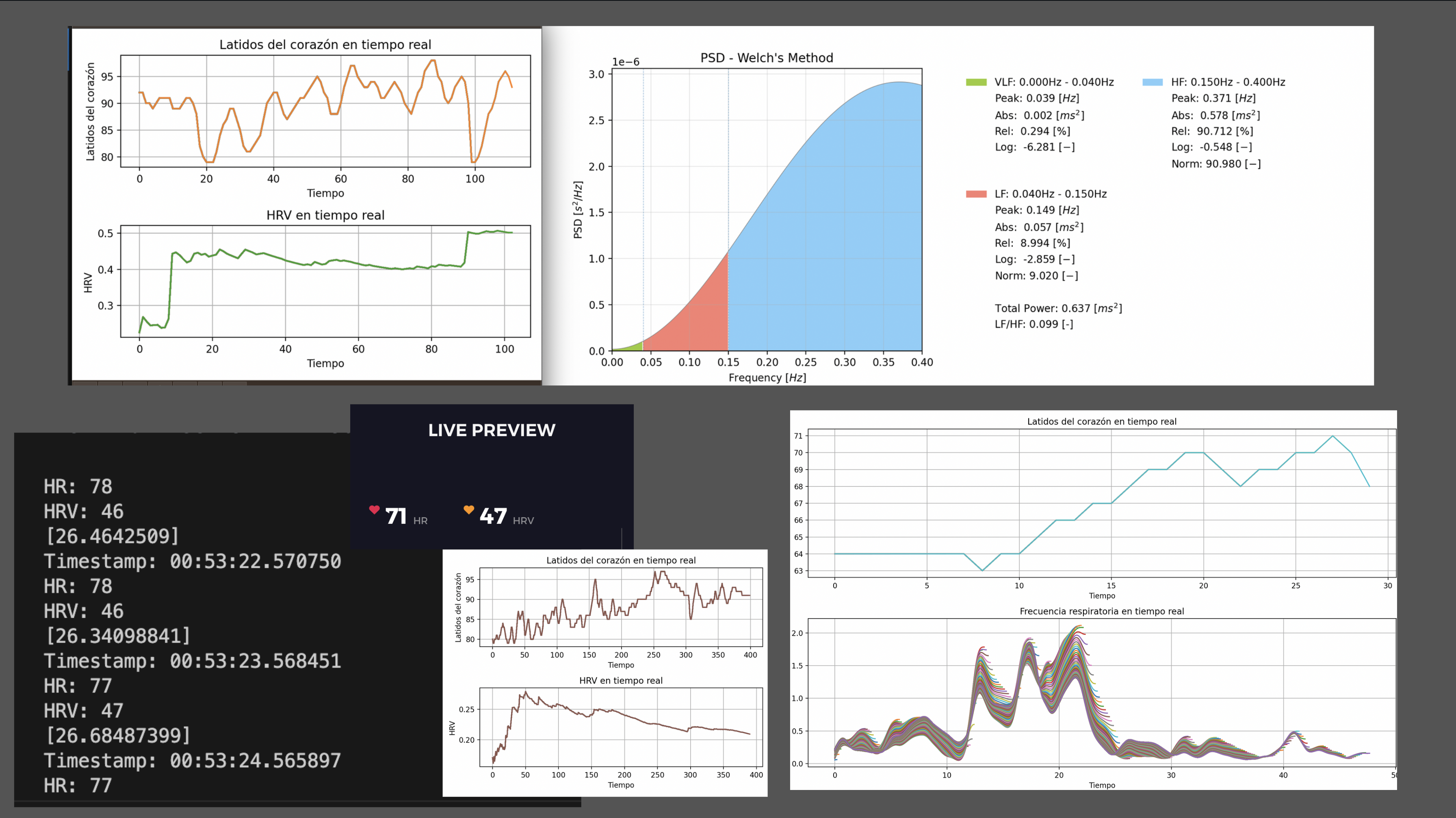¶
Design Ethics¶
No.1 // Robotics¶
We explored the topic of robots and robotic arms. It was brief and interesting as an introduction to a first-time interaction with the technology. We were able to move the arm and witness light painting with a robot following a 3D visualized “MDEF”. I remain curious as to understanding the potential applications of this tool and to interact with robotics in the future.
No.2 // Introduction to Blender¶
In this session, we were introduced to Blender as a great open source software that has tremendous capabilities. I have no previous experience using this tool and was intrigued by its ability to integrate Python and to use other functionalities of complex nature. I would like to continue learning about Blender and to become proficient in the tool.
No.3 // Blender as an interface¶
Continuing from our introduction to blender, we explored its potential for use as an interface. We incorporated our knowledge of Arduino and Blender to create an interaction between movement and current flow. We created a system where an arrow moved in blender controls a moving light through the led strip. It was an interesting exercise.
No.4 // Live coding as a human interface¶
This class was eye opening to the potential of human interfaces and became a key element for my final project (body sensor data as an interface). We explored a tool called Hydra (https://hydra.ojack.xyz/) which uses live coding to create interesting visualizations that can be incorporated into music to create unique audiovisual experiences. It was fun to play with this tool and to review a futuristic approach to live performances.
// Challenge 3¶
For this last challenge, an opportunity emerged to collaborate with Mariana and Claudia, which I had not worked with so far in the masters. We decided to combine our knowledge and skills around programming, 3D modeling and graphic design to create a first prototype a bio-interactive installation. We decided to design a program that uses sensor data from a Polar H10 heart monitor to calculate HRV and display it through a live sculpture.
Due to time restrictions, we managed to create a simple program that calculates data through the VS Code console. The data obtained was not perfect, but definitely represented much higher levels of accuracy than anything obtained using arduino ECG sensors. This was a great achievement and enabled a wide array of opportunities to create. We also explored with Touch Designer and created a first prototype of a digital sculpture. Although we did not manage to connect the Python program with Touch Designer, it was a clear step towards what we are looking for. Once the connection becomes established, then the fun begins. It was an intense but transformative week for the rest of the term and masters.
Here is the complete repository and code files: https://github.com/mdhelomme/MicroChallengeIII

